A rare portrait by an Aberdeen artist tragically killed in a horror train crash could fetch £150,000 at auction.
Robert Brough was born in Invergordon in 1872, the illegitimate son of a Duchess’ maid, he was sent to live with family in Aberdeen.
He showed artistic prowess as a young boy and went on to become one of the most prolific artists of his time.
But sadly, his life – and career – was cruelly curtailed when he suffered a horrific death in a train disaster aged just 32.
Now, one of his ‘lost’ paintings ‘Sweet Violets’, a society portrait painted in Aberdeen, is to go under the hammer – and could fetch up to £150,000.
Painting considered one of Brough’s finest
Sweet Violets was painted at the pinnacle of Brough’s short career.
Young, ambitious and good looking, with a brace of accolades to his name, he was the darling of the late 19th Century art movement.
Considered one of Brough’s masterpieces, Sweet Violets is a portrait of society beauty Barbara Staples.
She was persuaded to sit for Brough at his Union Street studio in 1897 after meeting him in Aberdeen.
The atmospheric painting depicts Staples posing with a spectacular hat and patterned veil, through which the viewer glimpses her pink lips and cheeks.
She is holding up a jar of purple violets, the hues of the flowers mirrored in her clothing.
Critics hailed Sweet Violets as having “a delicacy and sweetness of rare beauty”.
The beautiful painting was bought by Alexander Ogsten of Ardoe House, and he was so enamoured with it that he refused many offers to buy it.
He even refused to sell it to Barbara Staples’ own husband.
Despite several attempts to acquire the painting, it was only in 1960, when it was exhibited in Munich, that the Staples family were finally able to purchase it.
‘Lost’ painting could sell for £150,000
A treasured heirloom, the painting remained in the family’s private collection, which led art collectors to believe the Victorian masterpiece was lost.
An article in Country Life magazine in the 1990s searching for the ‘missing’ painting prompted the family to come forward.
The portrait was exhibited as part of a Brough retrospective at Aberdeen Art Gallery in 1995, and thereafter loaned and purchased by the current seller.
Unlike some artists, Brough enjoyed success in his own lifetime, but his untimely death in 1905 means his career spanned just 16 years.
The scarcity of Brough’s work means it rarely comes up for auction, and as such, the estimated hammer price is £100,000-£150,000.
Art collectors have the opportunity to bid on the portrait and another painting by Brough at Lyon and Turnbull’s Scottish Paintings and Sculptures auction on June 8.
Auctioneers Lyon and Turnbull said: “His early death appears initially to have prevented him from being fully admitted to the canon of great painters in the history of Scottish art.
“This is largely due to the brevity of his career: relatively few artworks survive and he had less time than most to crystallise his artistic legacy.
“Fortunately, recent reviews of Scottish painting have done much to reinstate Brough’s status as a painter of remarkable quality, who worked at the forefront of innovative artistic movements, both in Britain and in France.”
Artist studied at Gray’s School of Art
Brough’s short but acclaimed career with stints in Paris and London was a world away from his Highland roots.
His mother Helen Brough was lady’s maid to the Duchess of Hamilton when she became pregnant out of wedlock to coachman John Cameron.
A single parent, Helen struggled to care for her son, and sent baby Robert to live with her brother John and his wife in Aberdeen.
It was undoubtedly the most difficult, but kindest decision his mother could have taken.
He grew up surrounded by countryside on the family farm at Viewfield outside Aberdeen – now the Springbank area of the city.
Brough attended Ruthrieston School, and his natural aptitude for art was encouraged by two neighbours.
Art collector Alexander Macdonald and portrait painter George Reid both saw a raw talent in the young lad.
When he left school aged 12, he became an apprentice to Aberdeen lithographer Andrew Gibb.
But Brough spent his evenings studying at Gray’s School of Art where he honed his painting skills and began to make a name for himself.
Brough exhibited across Europe
Handsome and endearing, with a flair for portraiture, 19-year-old Brough was accepted to the Royal Scottish Academy Life School in Edinburgh.
In his first year he won two prestigious prizes and a bursary, before moving to Paris to study at private art school Académie Julian.
On returning to Aberdeen, Brough established himself as a political cartoonist and society portrait painter.
His portraiture work was soon in demand by society’s great and good, both home and abroad.
Word of his “daring and successful originality” spread, extending far beyond his native Aberdeen, but to London and Europe.
His paintings were exhibited in Munich, Moscow and in other leading continental galleries, winning him prizes and plaudits galore.
Brough took a studio in London’s well-heeled Chelsea, and his portrait ‘Fantasie en Folie’, hung in the Royal Academy to widespread commendation.
It was proclaimed by critics in 1898 as a masterpiece and “an example of an ideal impressionism”, before it toured the major European galleries.
Brough was awarded medal after medal for his artwork, with his paintings causing a media sensation at the turn of the last century.
His technique was lauded in art circles and newspapers; one writer said: “The Scotsman’s pigment has a joyous fluency, a petal-like purity and richness, and a palpitating, luminous quality.”
Burned to death in train tragedy
But just as Brough’s star was rising, the full extent of his talent would never be known.
After painting near Peebles, he caught a sleeper train back to London on January 19 1905.
But the train never reached its destination. It was involved in a collision at Cudworth Station in Yorkshire.
Six people, including twin schoolboys from Perth, were killed at the scene, many others were badly injured.
Brough was critically injured after being trapped in his burning cabin, his wounds so horrific “he was completely covered up to hide the terrible nature of his injuries”.
He was taken to Sheffield Hospital but succumbed to his injuries on January 21 with his artist friends and mother at his bedside.
Brough ‘shed lustre’ on Aberdeen
Reporting upon his death, the London Morning Post said: “No more lamentable nor more tragic event has happened in art circles in our time.”
There was a profound sense of loss in his home city, Aberdeen. He considered himself an Aberdonian and it was decided he should be buried there.
Brough’s coffin was taken to Aberdeen by train and conveyed from the station in a hearse to St Machar’s Cathedral.
Rev Dr Calder conducted the large funeral and told hundreds of mourners how Brough had “shed lustre on our city and country”.
The Press and Journal reported that so many people visited the grave to lay floral tributes that four policeman had to regulate the crowd.
It was a testament to one of Aberdeen’s bright young things, whose light was so cruelly extinguished.
Despite his death 118 years ago, his legacy continues at Gray’s School of Art in the form of the Robert Brough Memorial Scholarship.
The bursary helps young artists to travel to enhance their studies, reflecting Brough’s joyous summers spent painting in Europe.
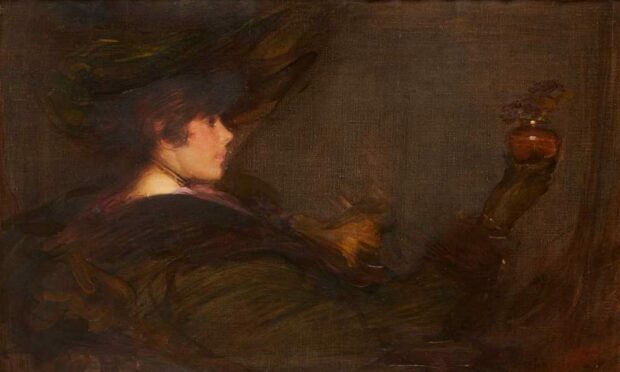
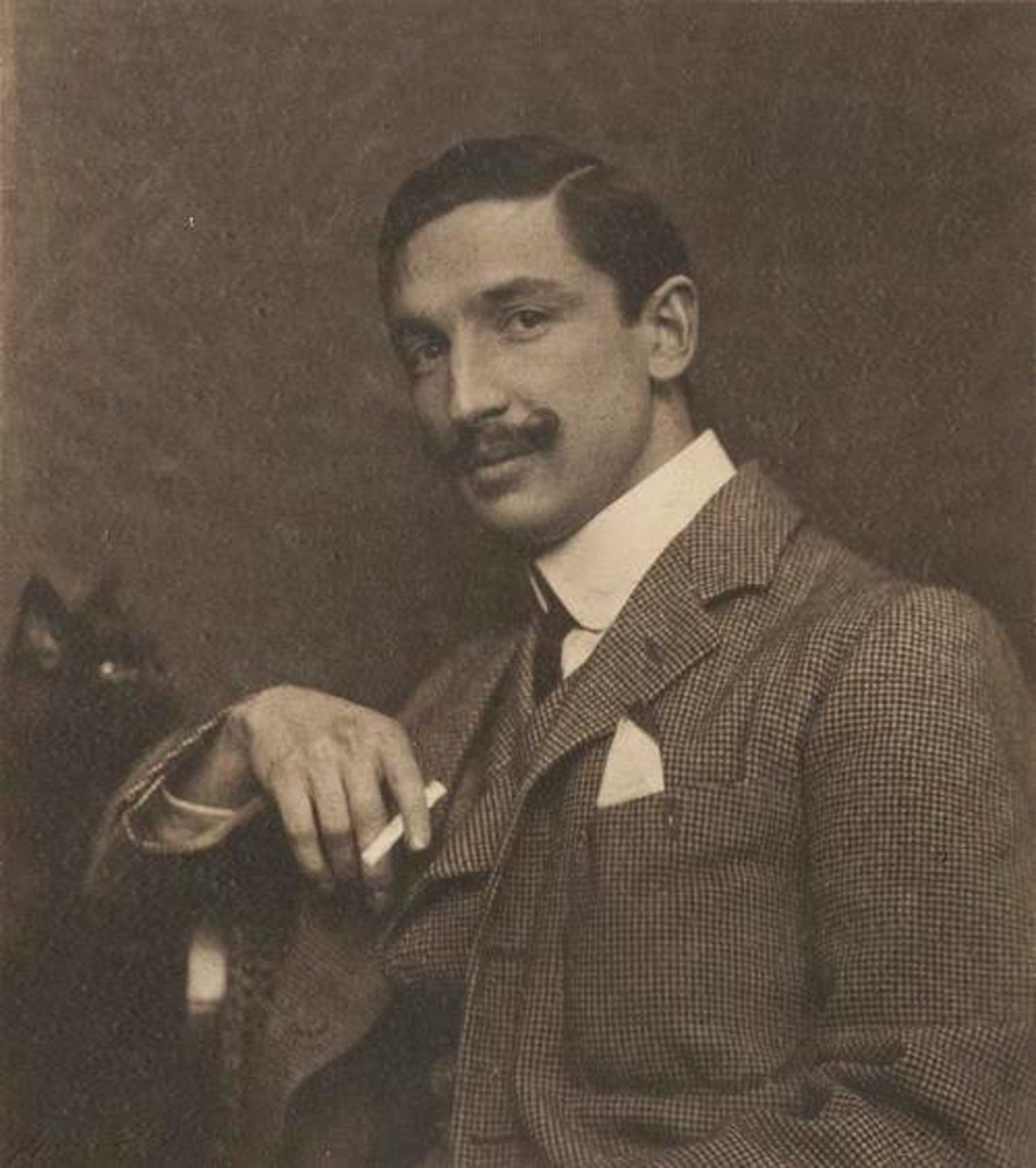
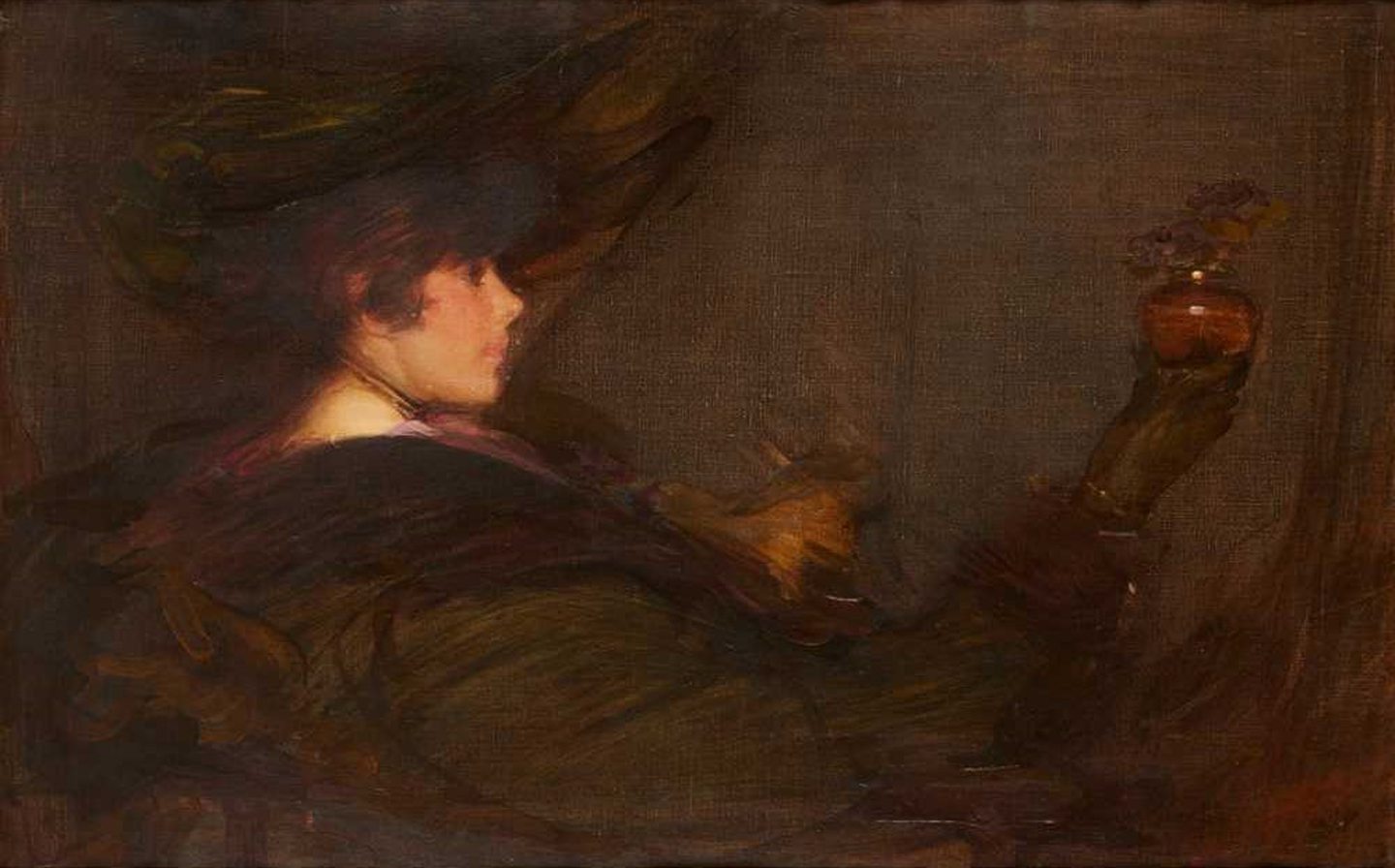

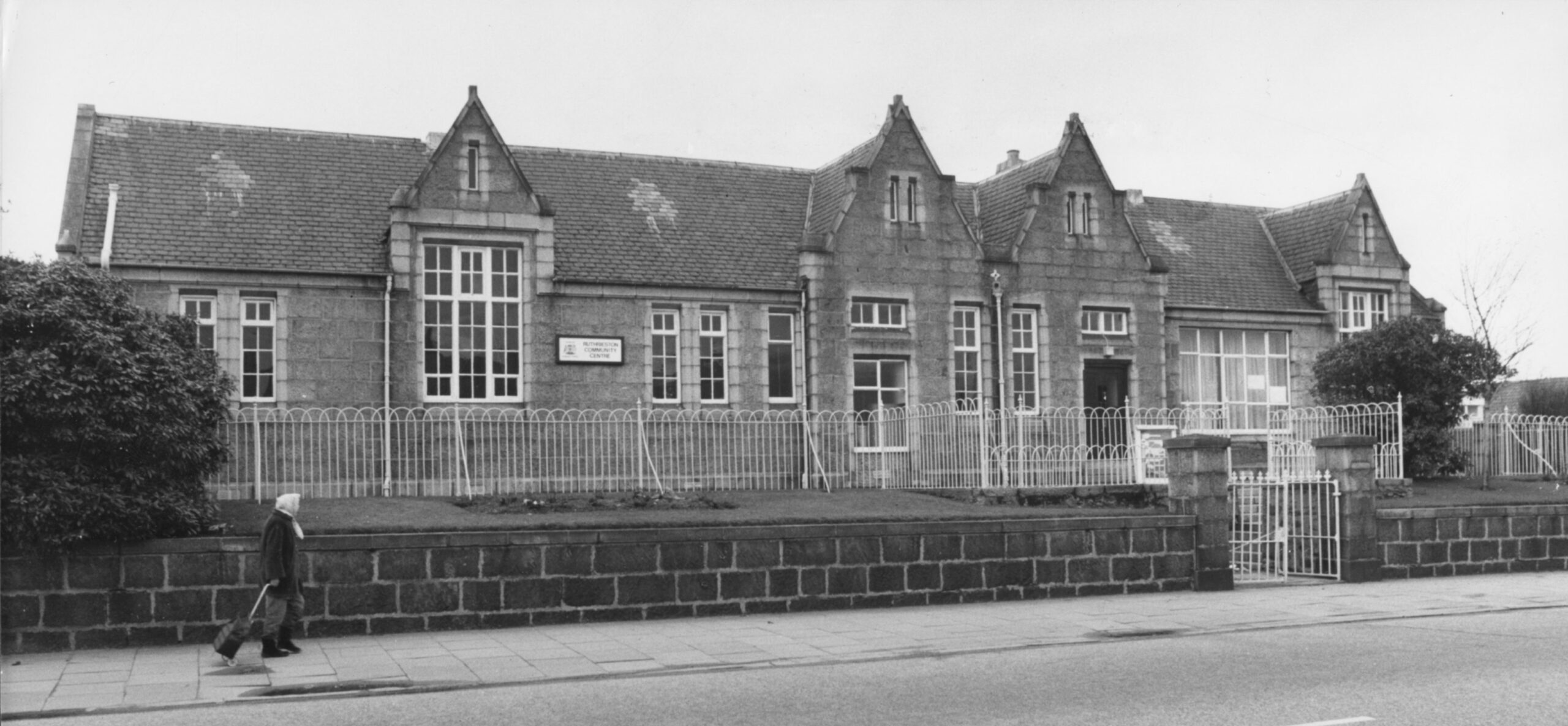
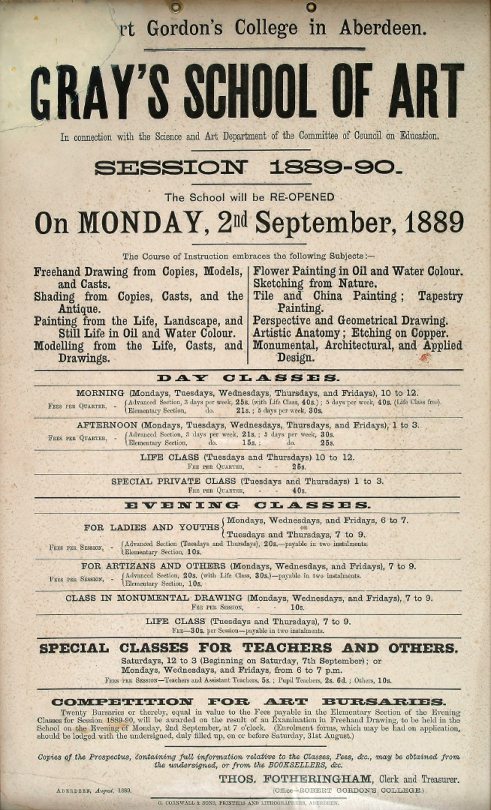
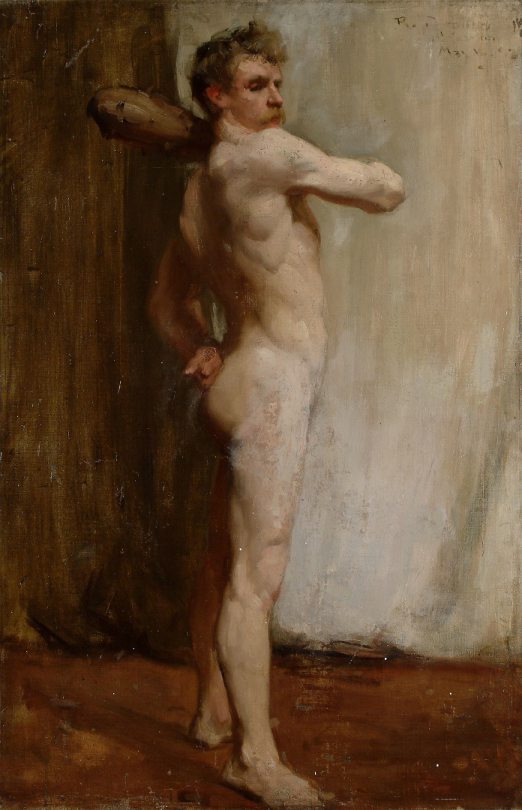

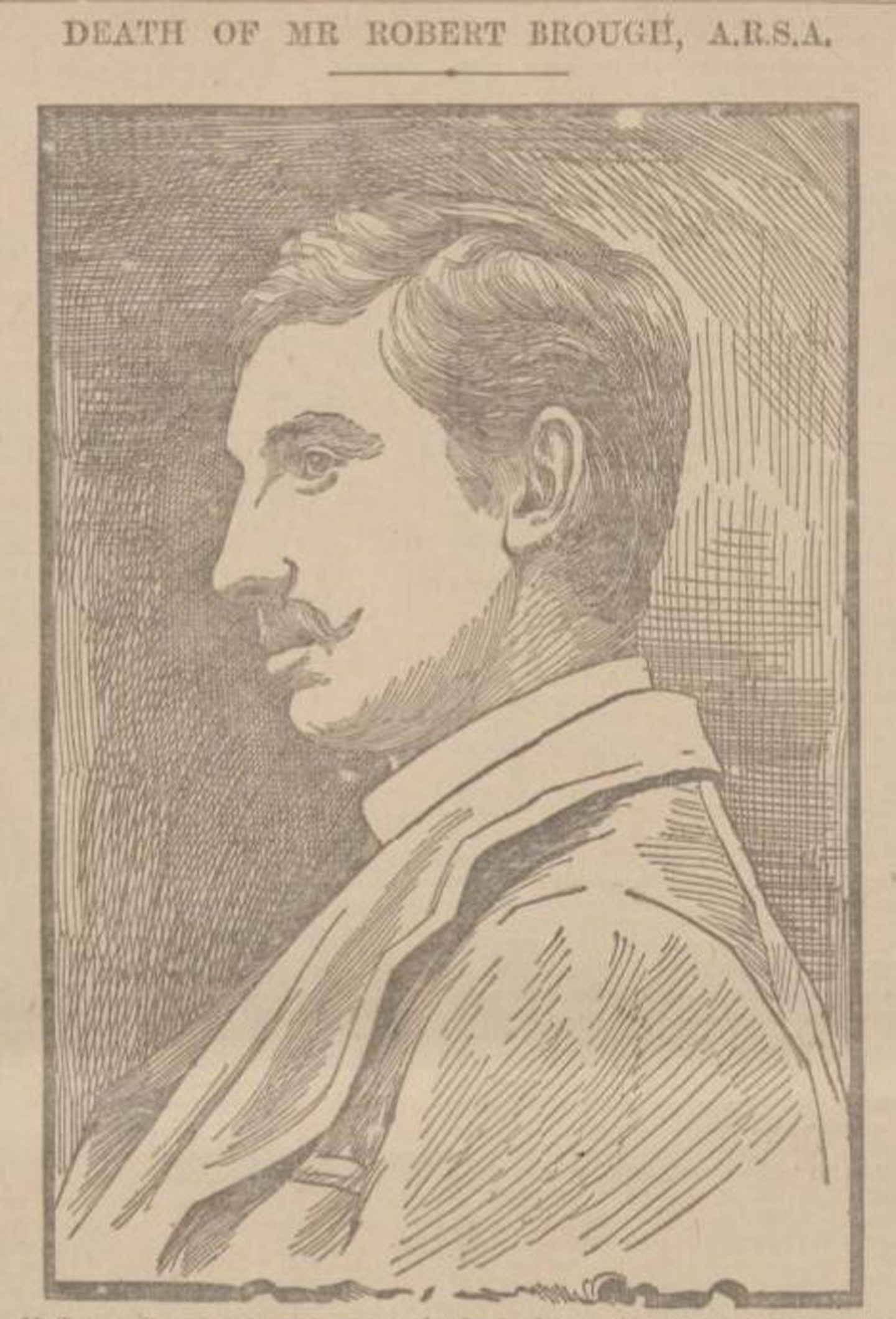
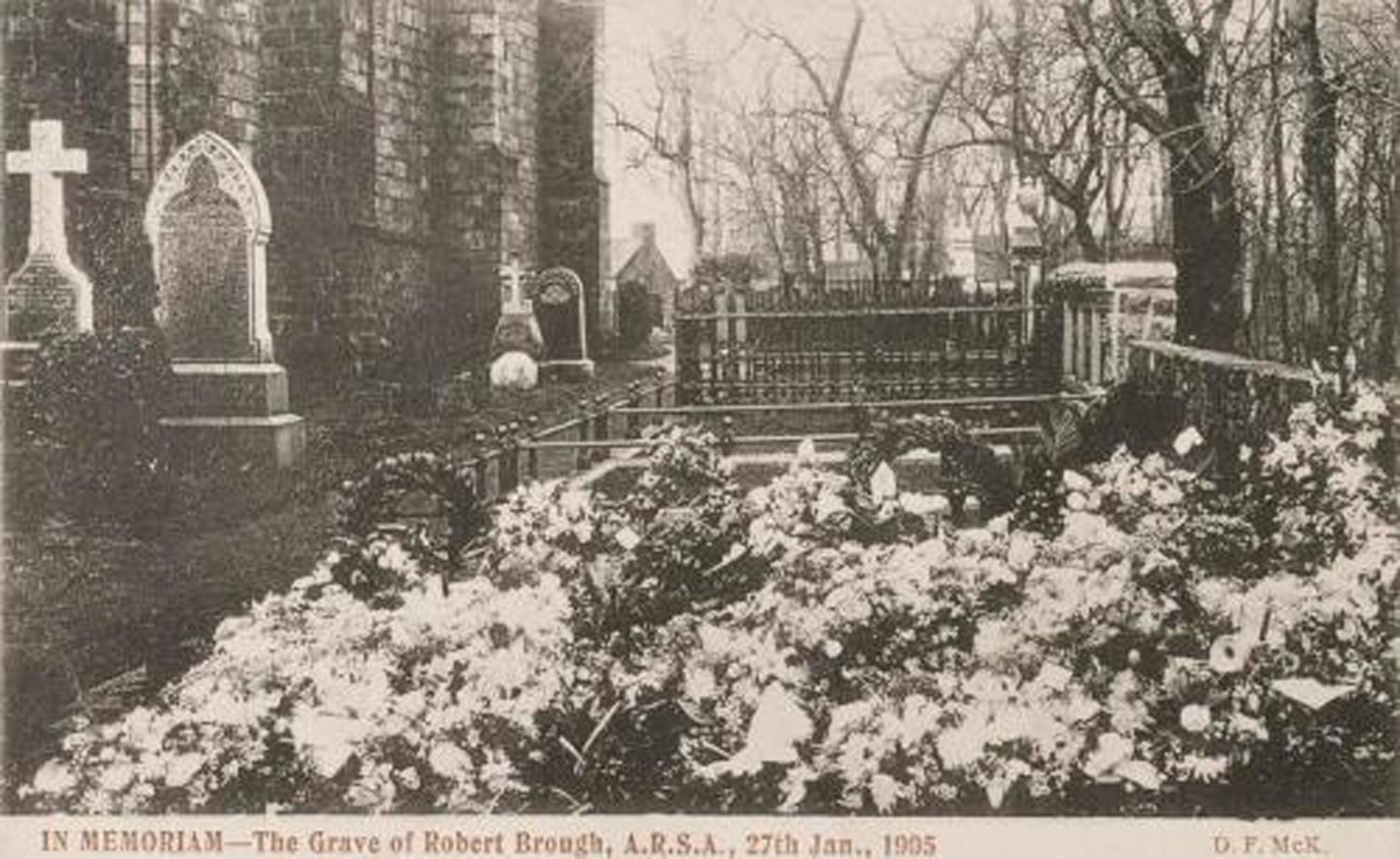










Conversation